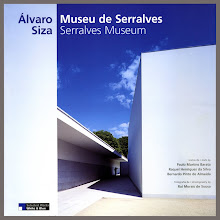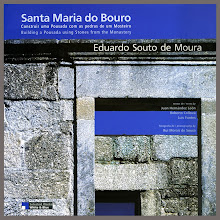..

Leica M3+Visoflex III+280mm Telyt - Escalhão, Portugal, 1983
The first, and I might as well say, almost the only one! Back in 1985, I decided to give it a try. So I choosed a couple of 35mm slides, got the developing tank and the necessary chemistry (process P-30) , and made a couple of prints. As I didn't have yet a Jobo processor, or any other processor, I rolled the tank on the bath-room floor back and forth, what quickly proved to be rather tedious. Worse still, it was very hard to keep temperature constant. As a consequence, results were rather erroneous and inaccurate. I quickly decided to give up, and never tried it again. Somehow the process later on changed to Ilfochrome, but I don't really know what that change means...
Please take a look at these images as a kind of curiosity, more a kind of memory. I found them, and I thought it might be funny to post them. The years gone by, kind of excuse my inaptitude...
This is my first ever atempt at Cibachrome - A II!
The first, and I might as well say, almost the only one! Back in 1985, I decided to give it a try. So I choosed a couple of 35mm slides, got the developing tank and the necessary chemistry (process P-30) , and made a couple of prints. As I didn't have yet a Jobo processor, or any other processor, I rolled the tank on the bath-room floor back and forth, what quickly proved to be rather tedious. Worse still, it was very hard to keep temperature constant. As a consequence, results were rather erroneous and inaccurate. I quickly decided to give up, and never tried it again. Somehow the process later on changed to Ilfochrome, but I don't really know what that change means...
Please take a look at these images as a kind of curiosity, more a kind of memory. I found them, and I thought it might be funny to post them. The years gone by, kind of excuse my inaptitude...

Leica M4-2+Visoflex III+280mm Telyt. Azoren, Pico, 1982

Leica M4+Visoflex III+280mm. Azoren, Angra do Heroísmo, 1982

Leica M4-2+Visoflex III+280mm. Azoren: sunrise behind S. Jorge, seen from Pico, 1982

Minolta XM+80-200mm Rokkor. Lagos, Portugal, 1979

Minolta XM+135mm Rokkor. Mira, Portugal, 1977

Minolta XM+135mm Rokkor. Monsanto, Portugal, 1977
These photographs are getting kind of "historic", and they remind me that the years keep on going by. I no longer own any Minolta cameras or lenses (only keep my Minolta Spotmeter), but I must say that I to these days regret that I sold the XM. A rather nice camera, that tried to compete with the F models from Nikon.
I can't talk bad about Minolta. I started with a 303b and soon added a 101b. Fine cameras with fine lenses. I was satisfied! That is, until one day I picked up a Leica in a shop, and from that moment on I knew a change had to take place! In that moment I did understand that Leica was not only a mythus, but rather another league. I soon substituted all my Minolta equipment for Leicas! So I am using Leicas for thirty years now, and I have never looked back.
My oldest model, a double-stroke M3 (took the first picture above!) is fifty-three years old, looking beatiful and going strong. Wish I could also keep forever young... I bought my "youngest" M Leica, (I first had a CL for a short time), in 1979!!! Keeps on working like in the first day! Every now and then (maybe every ten years or so) they get a CLA and keep on moving... Really great stuff!!!
It is a pity and a shame that Leica is becoming more and more a kind of status symbol, a kind of fashion accessory, mostly treasured and inflaccionated by collectors than actually used by photographers. Worse still, it seems Leica (the company) likes to play the game, what I can in a way understand because of the big bucks involved. Sad... sad...
The Visoflex mentioned above was a device, long gone from Leica's catalogue, that turned the M model (a so called rangefinder camera), into a single lens reflex. It is too late and I am too tired now, for to dive deep in the subject, but basically it allowed the use of long lenses and macro equipment with the M cameras. I imagine that some of you (I mean, IF there is somebody out there reading this!) don't know much about those kind of odditys, as they belong to a already gone age... Yes, there once was a time, when photographers didn't have auto-everything, super-fast and super-easy photography-producing machines, backed up by everything-correcting computers.
Once upon a time photographers did have to know their trade...
Good night, sleep tight.
(P.S.: Please excuse me, if some of you are Leica experts. Maybe you know a lot more about Leicas, and equipment in general, than I do, but I must assume that not everyone who might read these posts is a leicaphile...)
...














































.jpg)

+copy.jpg)
+copy.jpg)
+copy.jpg)
+copy.jpg)
+copy.jpg)
+copy.jpg)